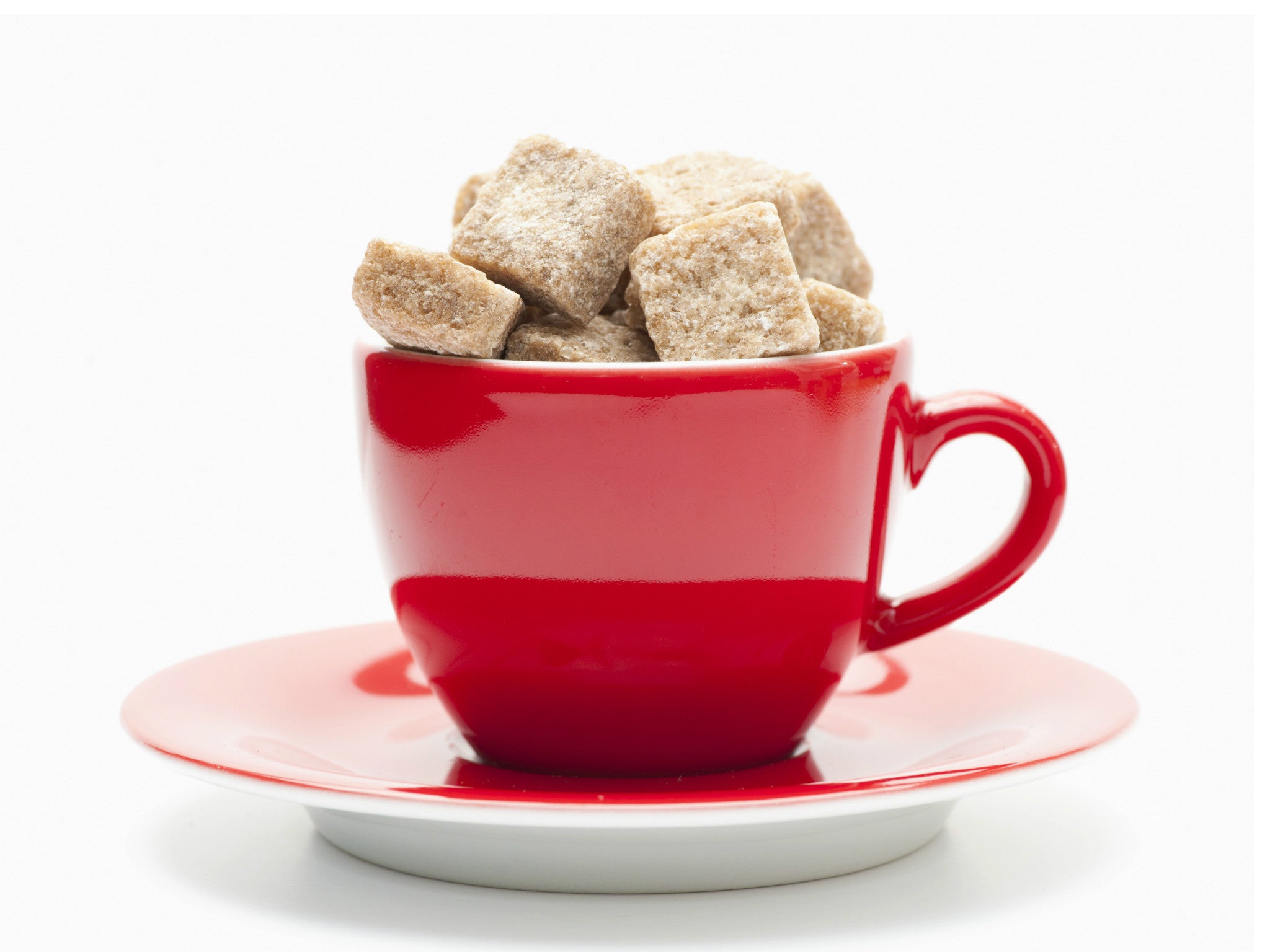The food industry's sweet trickery goes far beyond white chocolate mochas
Hot drinks containing sugar might not be the most shocking of news, but the wider picture it fits into is

Most of us can expect to find that many coffee chain hot flavoured drinks contain sugar. But would you ever expect to go to a coffee shop and buy a drink that contains almost three times the amount of sugar found in a can of fizzy drink? Action on Sugar’s recent survey showed that the worst offenders contained a whopping 20-25 teaspoons of sugar – compared to the maximum daily recommendation of seven teaspoons.
Everyone knows that sugar is unhealthy for us. But simply cutting down on it is not easy. Firstly, it's hard to break habits, especially when they come with cravings. But crucially, it's often the case that we don't even realise that we're making an unhealthy choice.
Food and drink labels can be unclear and misleading. The healthy image on the front of a fruit snack packet, for example, is often very different to the content inside. If you want a fruit snack, it's simple: eat a piece of fruit.
Food labels covered in healthy buzzwords further hamper our chances of making a healthy choice. It would be more helpful if packets stated ‘fortified with vitamins, high in fibre and contains A LOT of sugar’. Then at least we’d know where we stand.
While manufacturers claim that they produce foods and drinks high in sugar and unhealthy fats in response to what customers want, they also spend millions of pounds promoting and marketing these products purely to influence purchase and consumption. If it really is what the people were asking for then why not be honest?
The nutritional information on a label is also not always clear or logical. Often the information is based on one serving but the packet size encourages us to consume more. For example, a 500ml bottle of a fizzy sugary drink states in small print that the nutrition information displayed is based on one serving (250ml), suggesting that the drink should be consumed across two sittings. What is the point in buying a double size serving of your favourite fizzy drink, only for it to lose its fizz?
Equally confusing are food and drinks that are perceived as healthy but are ladened with sugar, such as flavoured yoghurts, granola bars and sports drinks. And it is impossible to ignore today's vast array of "healthy" cooking books and TV shows sharing sugar-free recipes, where sugar is replaced with a much healthier ingredient – syrup!
The challenge is that in reducing the fat content of foods the sugar content has increased. "Low-fat" should not automatically be interpreted as healthy. Food and drink manufacturers, with food technology experts, must continue to reduce the amount of both unhealthy fats and sugars in their products, without increasing their calories. And crucially, the Government must take control. Consistent colour-coded food labelling should be enforced, and promotion of unhealthy foods and drinks should be banned, whether its an advert or a cut-price offer.
With the highly anticipated release of Cameron’s Childhood Obesity Strategy, the time is now. If he doesn’t produce a robust plan to tackle sugar, the future of Britain’s health – and health services – will become very unsavoury indeed.
Jenny Rosborough is Campaign Manager and Registered Nutritionist at Action on Sugar
Join our commenting forum
Join thought-provoking conversations, follow other Independent readers and see their replies
Comments